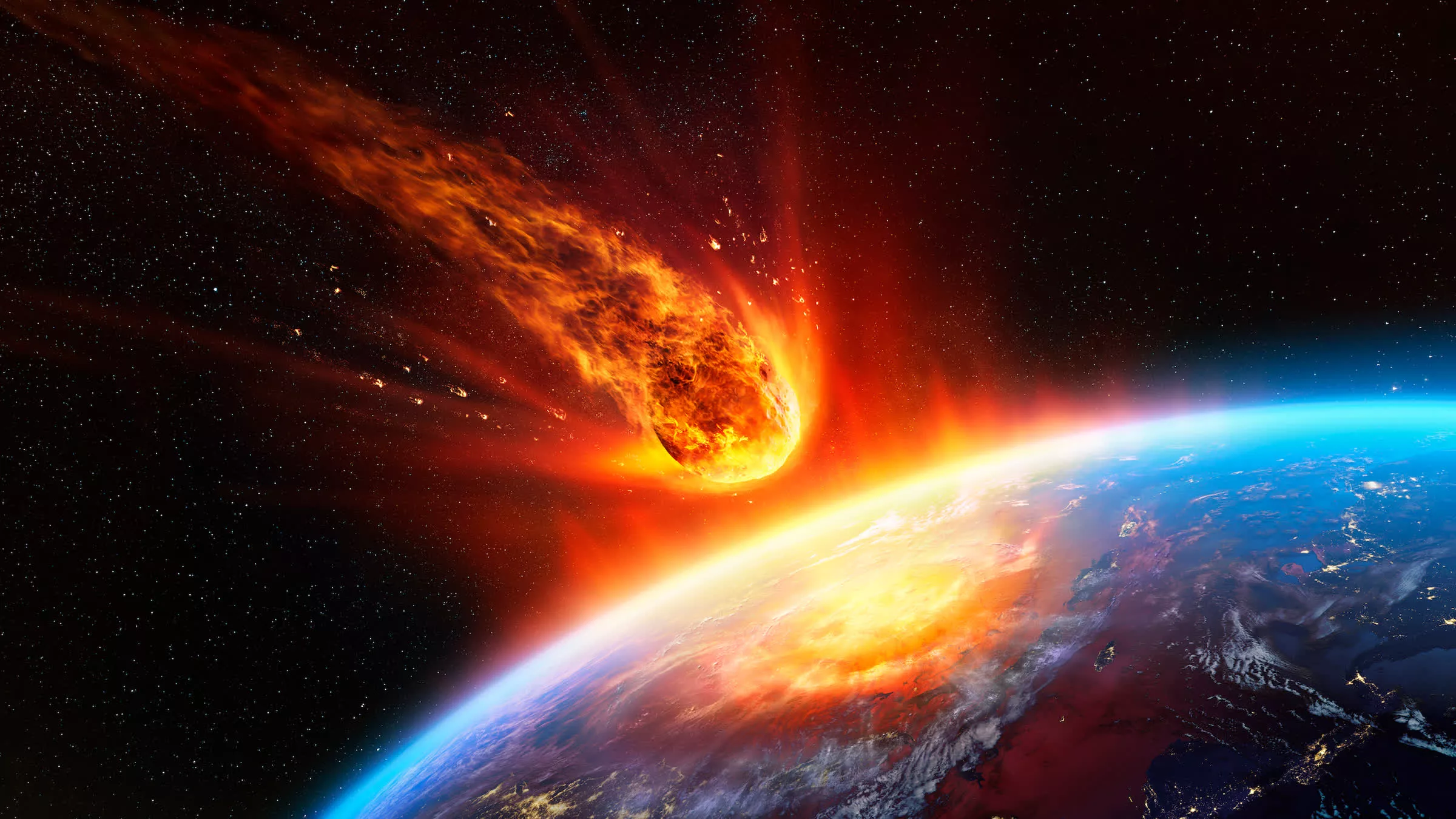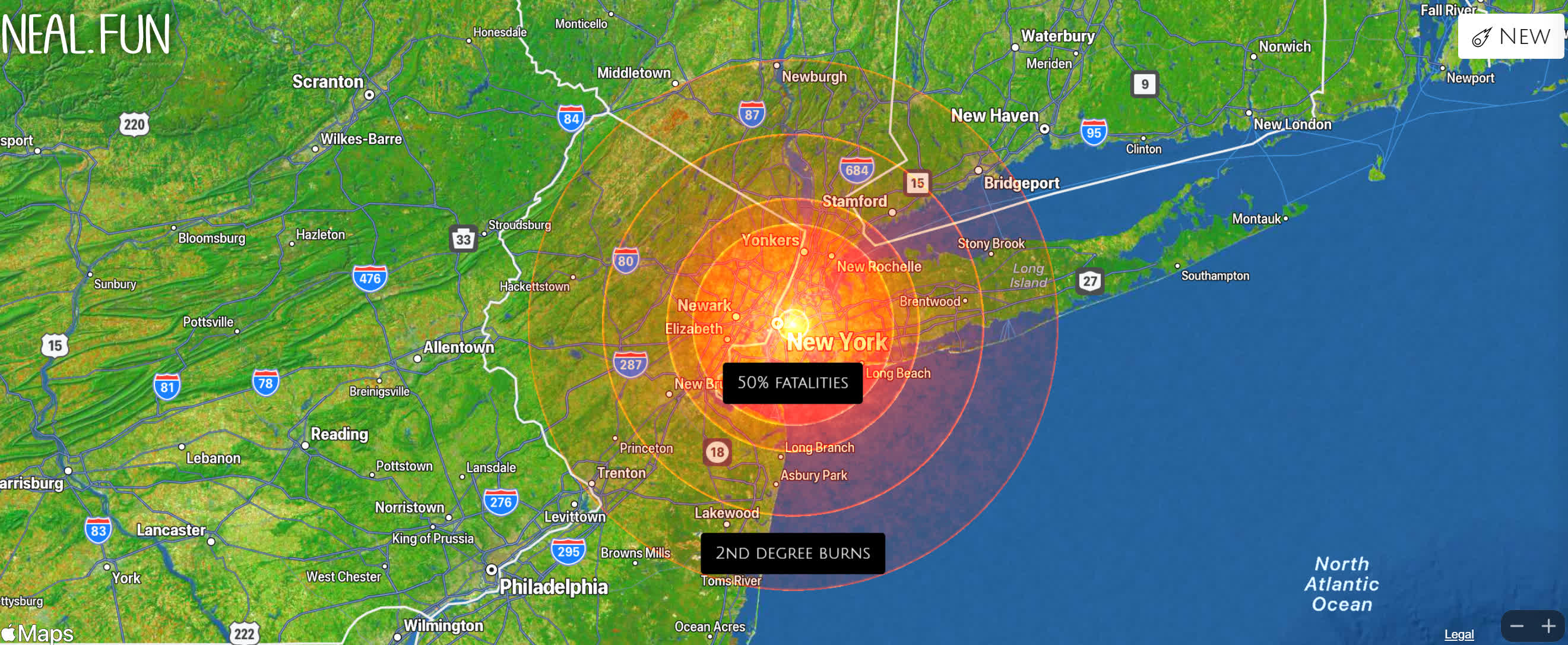In brief: An asteroid the size of the Empire State Building that has been classified as potentially hazardous is blasting toward Earth and will arrive next week. But we don't have to worry, apparently, as the object will pass us, though it will be comparatively close to our planet.

Asteroid 1994 XD, which was discovered by the Spacewatch group at Kitt Peak Observatory in Arizona in 1994, will come as close as 1.8 million miles to Earth, or about eight times the average distance of the moon, just before 9pm EDT on June 12.
The asteroid is between 1,214 to 2,723 feet in diameter and is traveling at 77,301 kilometers per hour (48,032 mph). According to the Asteroid Launcher simulation website, assuming the asteroid is 1,500 feet in diameter and hit Earth at a 45-degree angle, Asteroid 1994 XD landing in New York City would leave a crater 2.1-miles wide, vaporizing around 60,000 people. A 6.8-mile fireball would kill over 6 million, and 5.6 million would die from a 264-decibel shockwave. There would also be a 6.0 magnitude earthquake.
But don't worry about it
That level of potential destruction stemming from the asteroid's size has earned it the title of a Potentially Hazardous Object. But Asteroid 1994 XD has been even closer to Earth in the past: just 1.5 million miles away on May 31, 1904. It last passed our home on November 27, 2012, and after next week will make another close pass of the Earth in 2041.
According to NASA's Center for Near Earth Object Studies (NEOS), more than a dozen objects with close approaches to Earth are being tracked.
While Asteroid 1994 XD is expected to pose no risk to our planet, there will likely be a lot more concern on Valentine's Day 2046. That's when asteroid 2023 DW has a 1 in 560 chance of hitting us, or 1 in 625 chance, according to European Space Agency. Thankfully, that one's a lot smaller than 1994 XD – about the size of an Olympic swimming pool.
Last year, NASA carried out the Double Asteroid Redirection Test (DART) mission, attempting to deflect a celestial object by launching and crashing a spacecraft into it. The mission was a huge success, altering the small asteroid Dimorphos' orbit more than expected.
